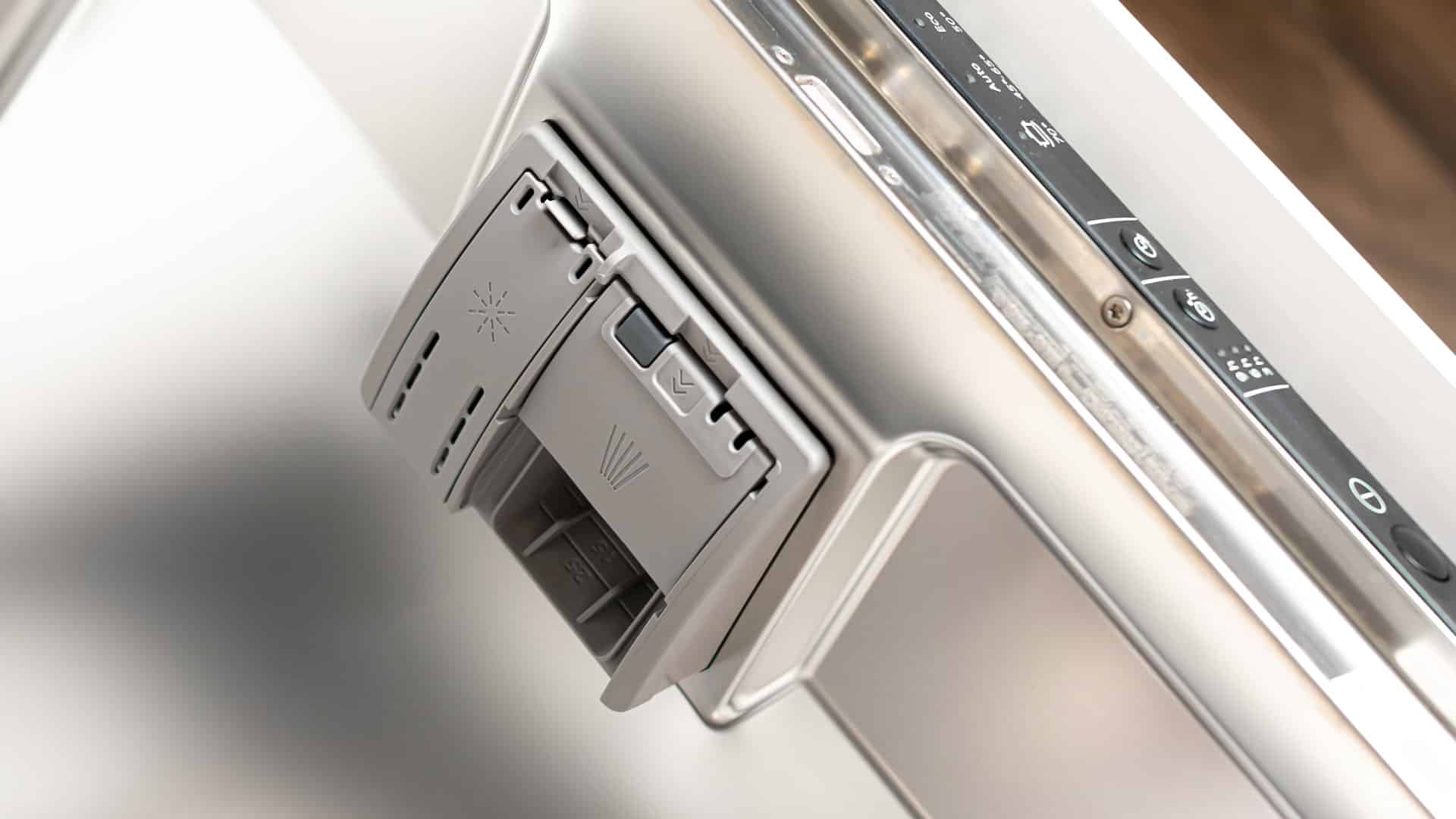
What’s not to love about the convenience that a refrigerator ice maker gives you? Of course, that’s assuming the ice maker is working. If the ice maker suddenly stops working, you will want to get it fixed as soon as possible to return the convenience of on-demand ice and ice water. Fortunately, this guide is here to help you troubleshoot the ice maker and get it working again, hopefully without the need to spend money hiring a technician.
Make sure to turn off the power and water before removing any access panels or handling any electrical components.
This guide applies to most Maytag refrigerator models, such as:
12001294, 12001302, ERCQ24-001A/P55420-3C, ERCQ30-001A/P55420-4C,
ERCQ36-001A/P55420-5C, ERCQ42-001A/P55420-6C, MFD2560HES, MFD2561HES, MFI2269VEM10, MFI2568AEB, MFI2568AES, MFI2568AEW, MFI2569VEM1, MFI2569VEM2, MFI2569VEM4, MFI2569YEM0, MFI2570FEZ06, MSD2454GRW, MZD2766GEB, MZD2766GES, MZD2766GEW
1. Make sure the ice maker is on
Many Maytag ice makers have an on/off switch that can be difficult to locate. Depending on your model, the on/off switch may be on the control panel or somewhere around the ice bucket or ice maker assembly. Other models may have a lever, which, when down, means the ice maker is on.
If you can’t locate the switch, the refrigerator’s manual should be able to show you where your ice maker on/off switch is.
2. Check the freezer temperature
Maytag ice makers require a freezer temperature of zero degrees Fahrenheit. If the temperature is above 5 degrees Fahrenheit, the ice maker will not make any ice. If you do not have a digital display to check and adjust the temperature, you can leave a thermometer in the freezer for 24 hours and then check the temperature.
3. Check for a frozen ice maker chute
If your ice maker model has a chute to discharge ice, it is possible that the chute is blocked. If you find ice in the ice maker chute, a hair dryer can be used to defrost it. However, be careful not to apply too much heat or consistent heat, as it may damage the ice maker’s components.
A blocked ice maker chute is usually caused by low water pressure or a defective water inlet valve (issues we discuss below).
4. Check the water pressure
If the ice maker is not receiving enough water pressure, it will either fail to make ice or make ice with disappointing consistency.
The water inlet line connects to a water inlet valve at the back of the refrigerator. Depending on your refrigerator model, you will most likely need to remove the refrigerator’s rear access panel to locate the water inlet valve and water inlet line.
Before removing the access panel, the power to the refrigerator and water should be turned off. Once you have located and disconnected the water inlet line, the pressure can be tested with a water pressure gauge. Alternatively, with the water line over a bucket, turn the water on, and if the water trickles out, you know that the water pressure needs to be increased.
5. Check the water inlet valve
The water inlet valve either opens or closes to allow water into the refrigerator. Over time, the water inlet valve can either fail mechanically or electrically.
The valve fails mechanically if mineral deposits build up, which prevent it from opening or closing. If the valve has a mechanical failure, it should be replaced rather than trying to clean out the valve, as it will likely fail again.
An electrical fault is usually the result of wear and tear. A multimeter continuity test is required to determine if the valve has failed electrically. The valve can be accessed at the back of the refrigerator, behind the rear access panel.
Once you have accessed the valve, the multimeter probes should touch the valve’s solenoid coils. If there is no continuity in either of the solenoid coils, the water inlet valve will need to be replaced. Replacing the water inlet valve should get the ice maker working again.
6. Check the ice maker module
The ice maker module has a motor that turns the ice tray or cycles the ice ejector arms. A thermostat or sensor tells the ice maker module when it is time to eject the ice and begin refilling the tray with water. If the icemaker module is defective, the ice maker won’t be able to make or dispense ice.
Depending on your model, the ice maker module may have ejector blades that ice sometimes gets stuck in. Checking that the blades are free of ice may get the ice maker working again.
The ice maker module needs to be tested with a multimeter to determine if it has failed. Testing the ice maker module with a multimeter is more challenging than typical multimeter continuity tests. Therefore, we recommend that a trained technician test the ice maker module.
7. Check the ice level control board
Depending on the model, the ice maker may have an ice level control board that shuts off the ice maker when it has made enough ice. The control board operates with an infrared beam to judge if enough ice is produced or if more ice is needed. If the ice level control board fails, the ice maker stops making ice.
Unless you can see obvious signs of damage, such as burn marks, it is difficult to determine whether an ice level control board has failed. Therefore, it is recommended to check the components above before replacing the ice level control board.
The ice level control board is typically located on the side of the freezer or ice maker compartment. It should be behind an access panel that can either be removed with a screwdriver or a putty knife to wedge open the panel. Check your refrigerator manual if you are unable to find its location.
Removing the control board and installing a new one is relatively easy once you have removed the access panel. If the board is secured with screws, they will need to be removed, and the wiring harness disconnected. Then, a new control board can be installed by connecting the wiring harness and rethreading the mounting screws.
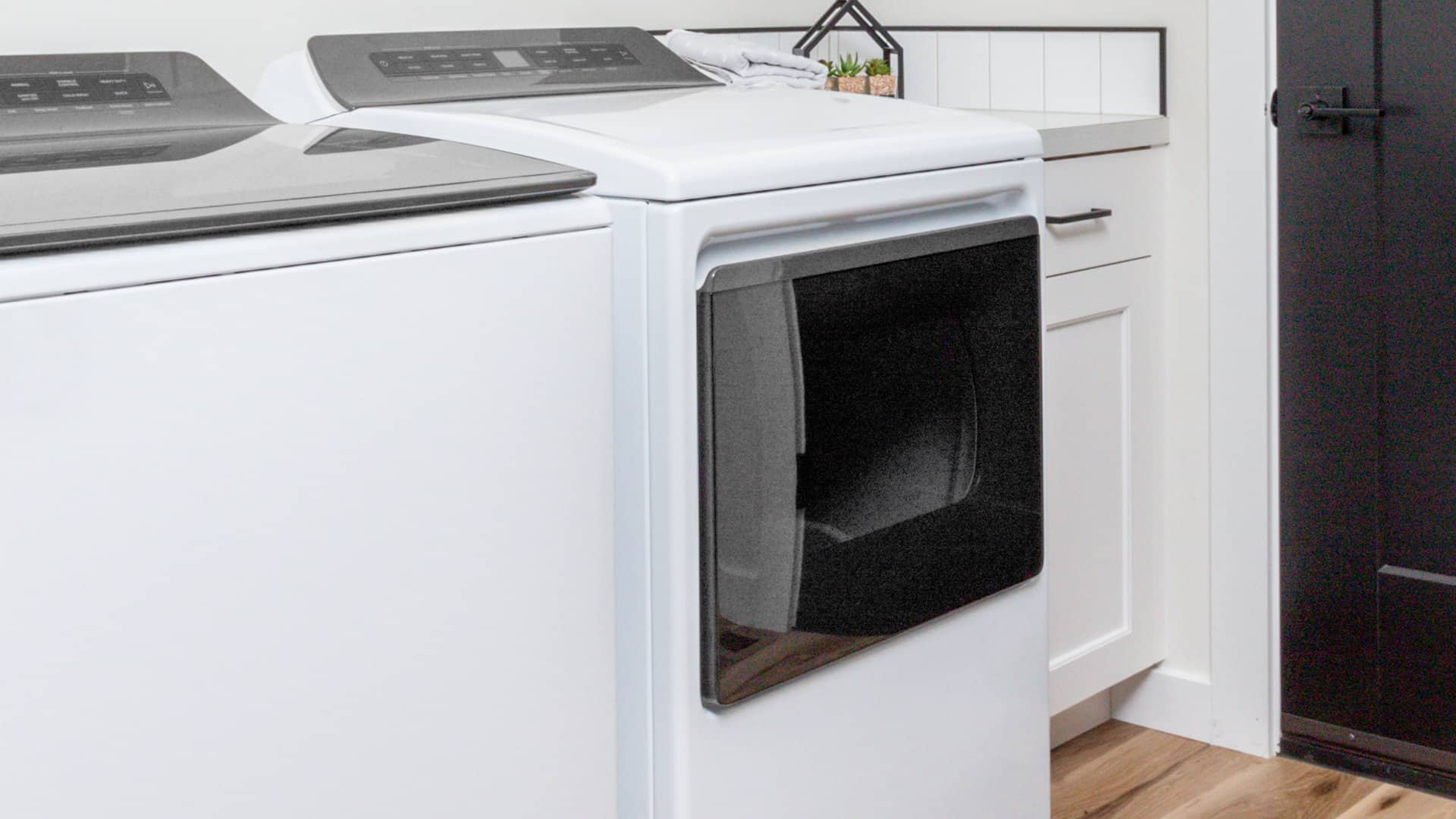
How To Fix a Whirlpool Washer F20 Error Code
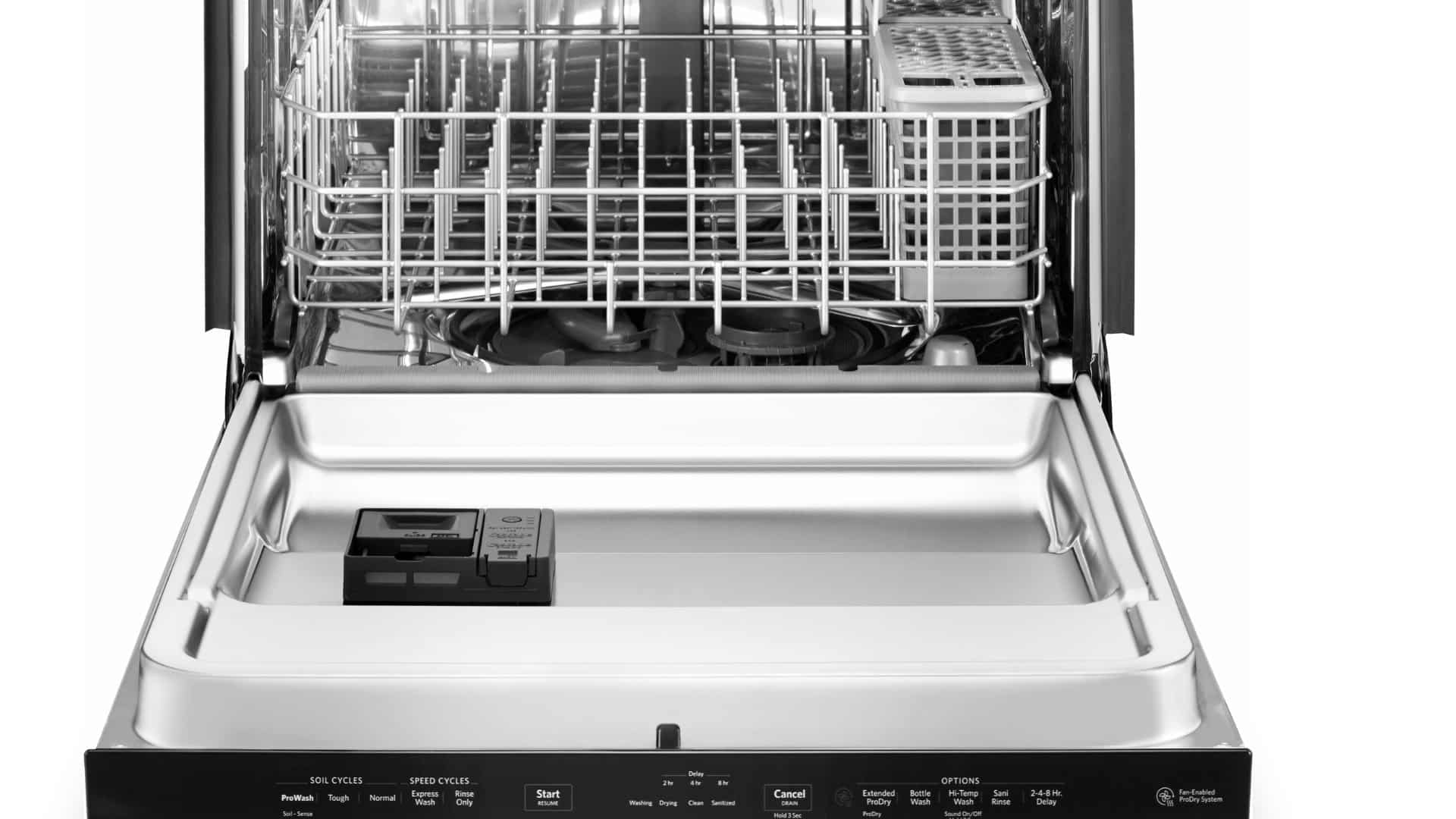
How to Fix a Dishwasher Not Getting Water: The Ultimate Guide
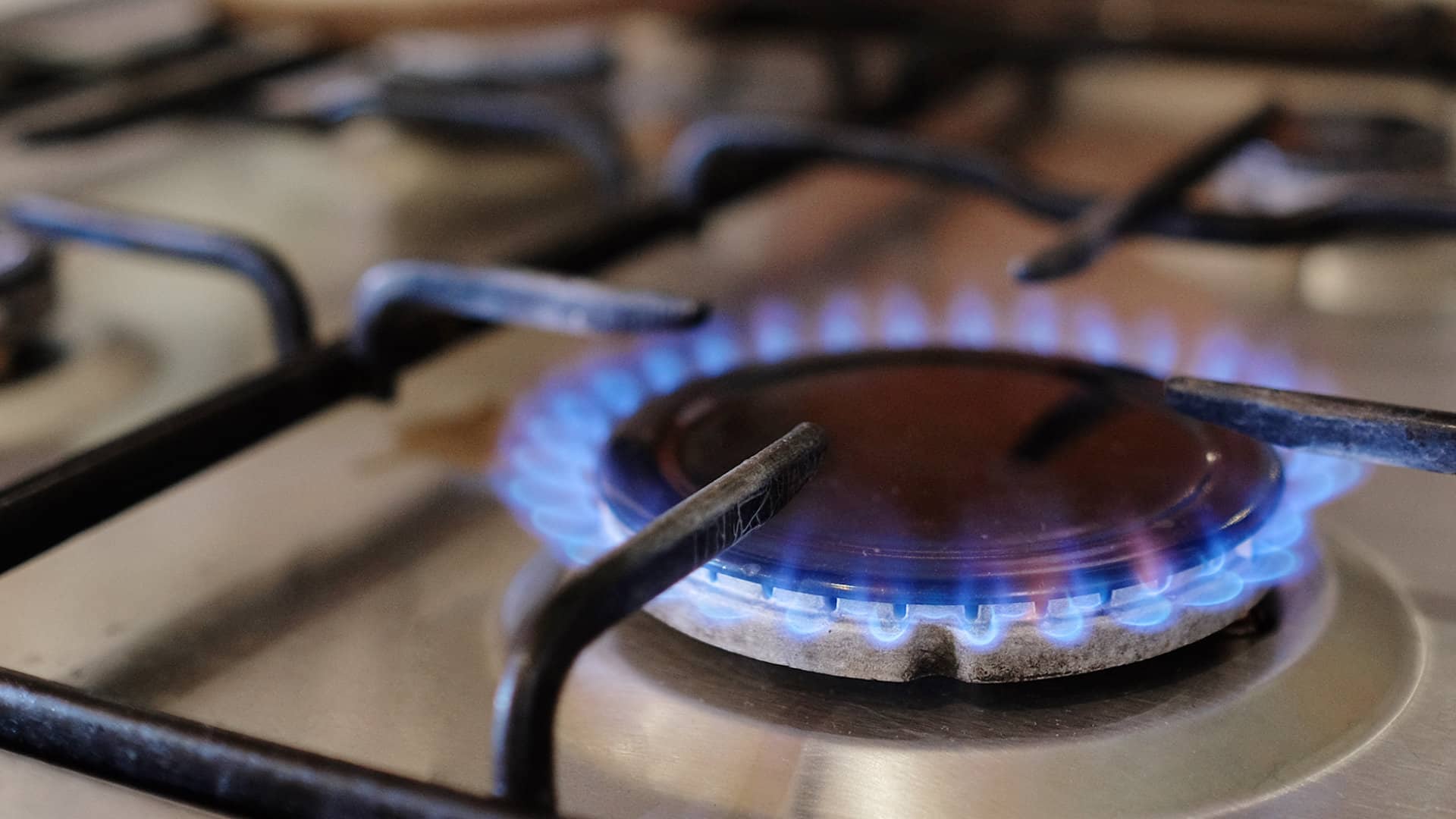
How to Solve the Frigidaire Stove F10 Error Code
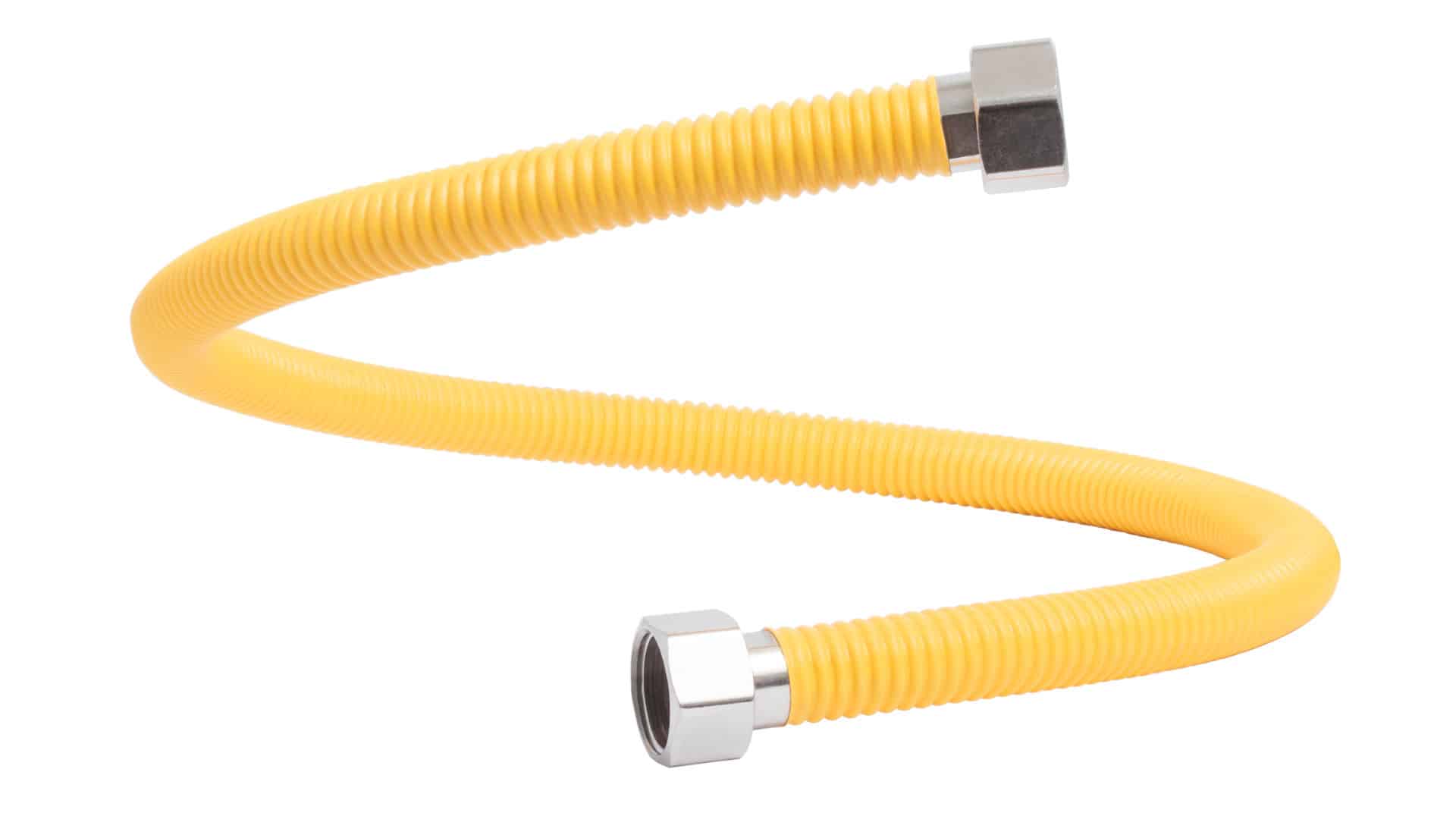
How to Hook up a Gas Dryer
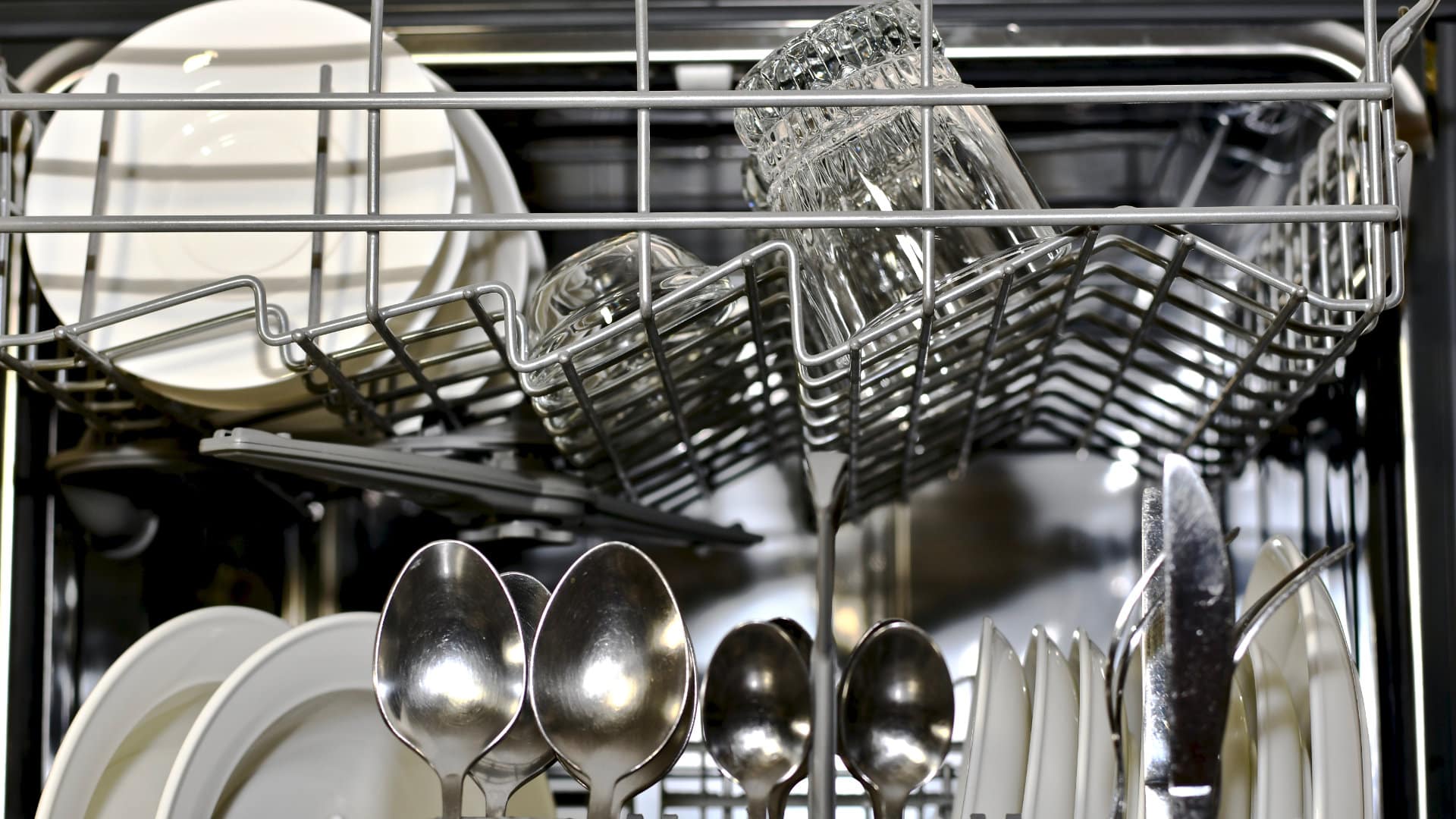
Dishwasher Not Cleaning Top Rack? How to Fix It
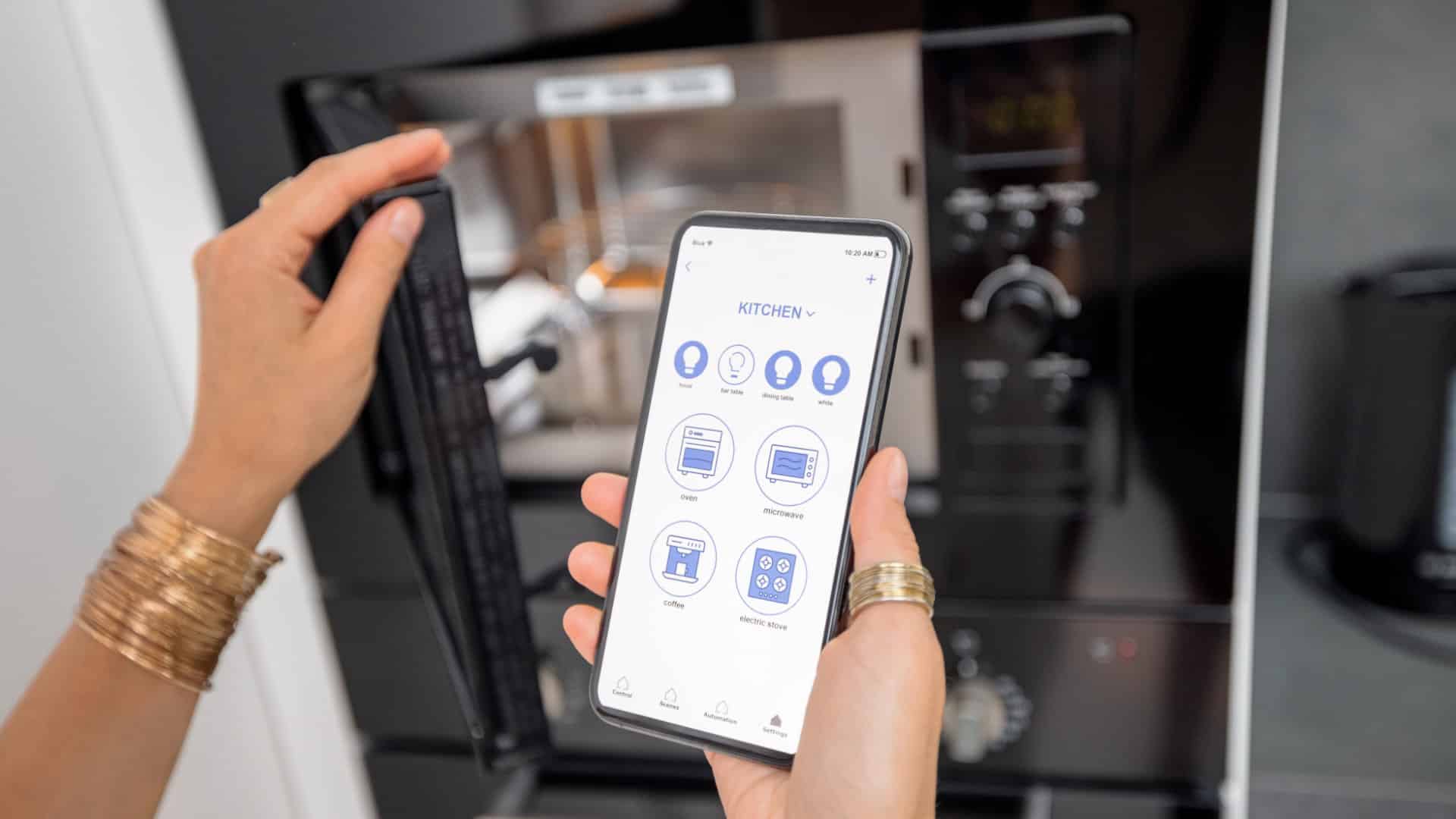
Why Your Microwave Is Making Weird Noises
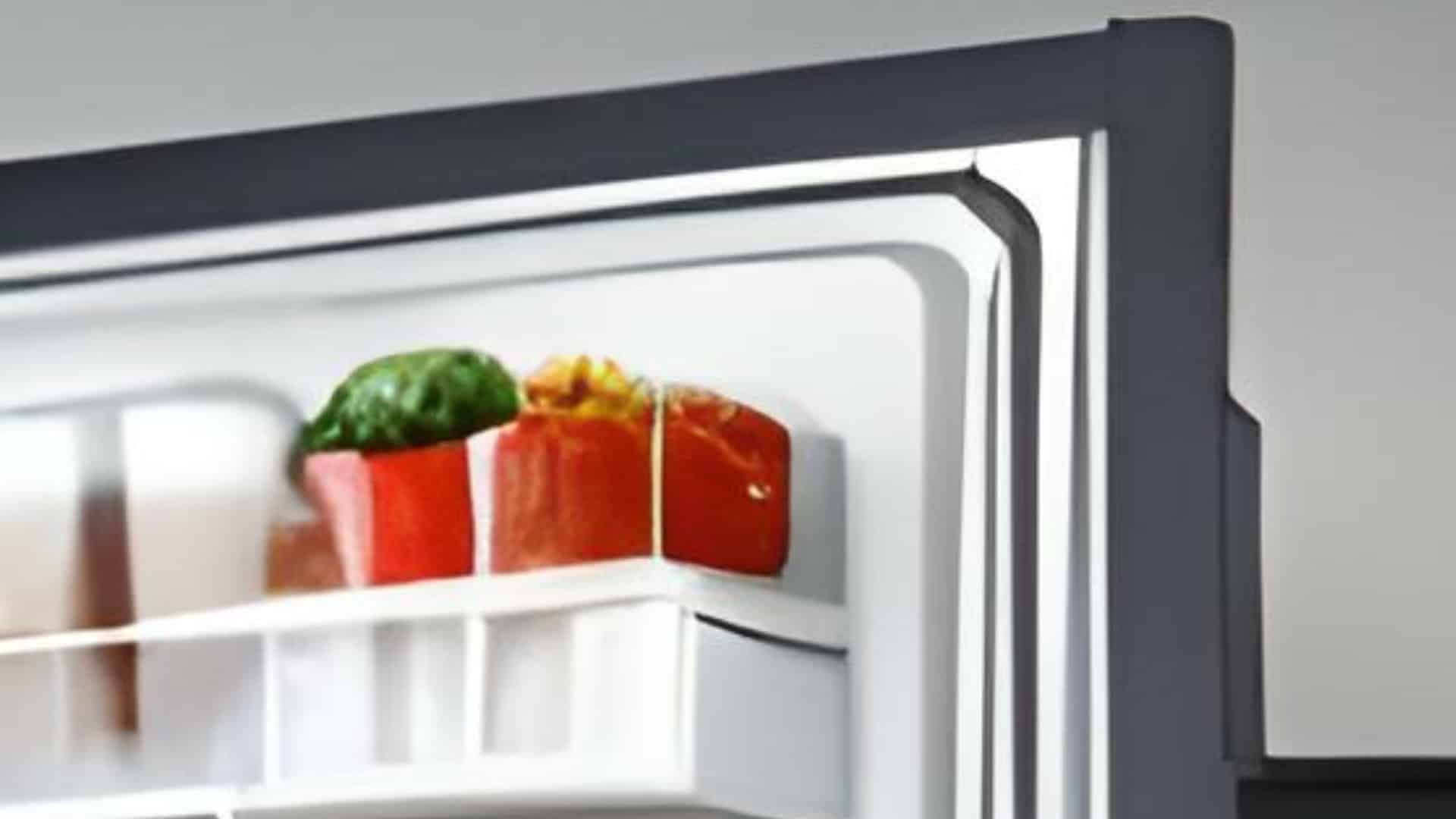
How to Replace a Refrigerator Door Seal
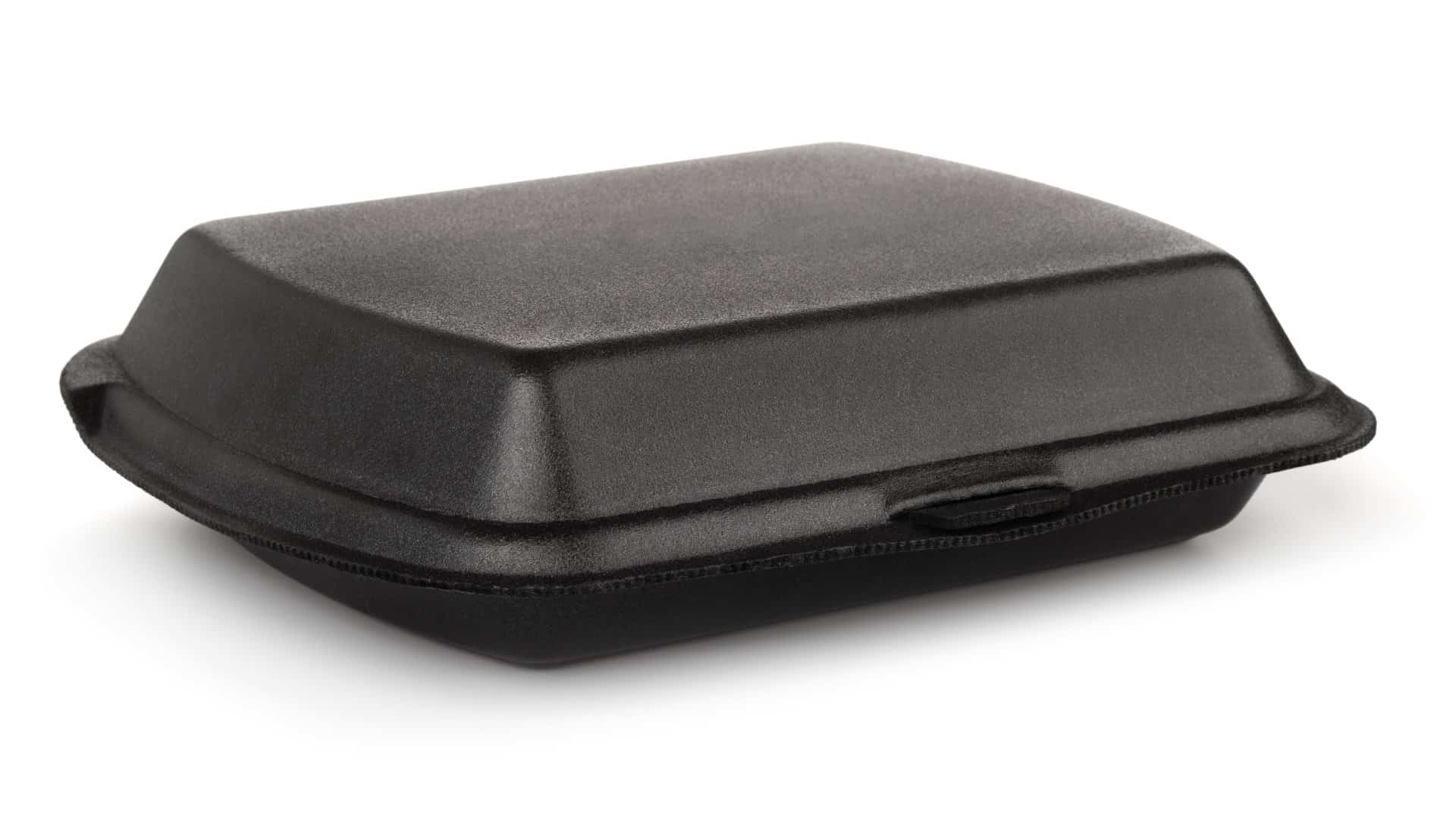
Can You Put Styrofoam in the Microwave?
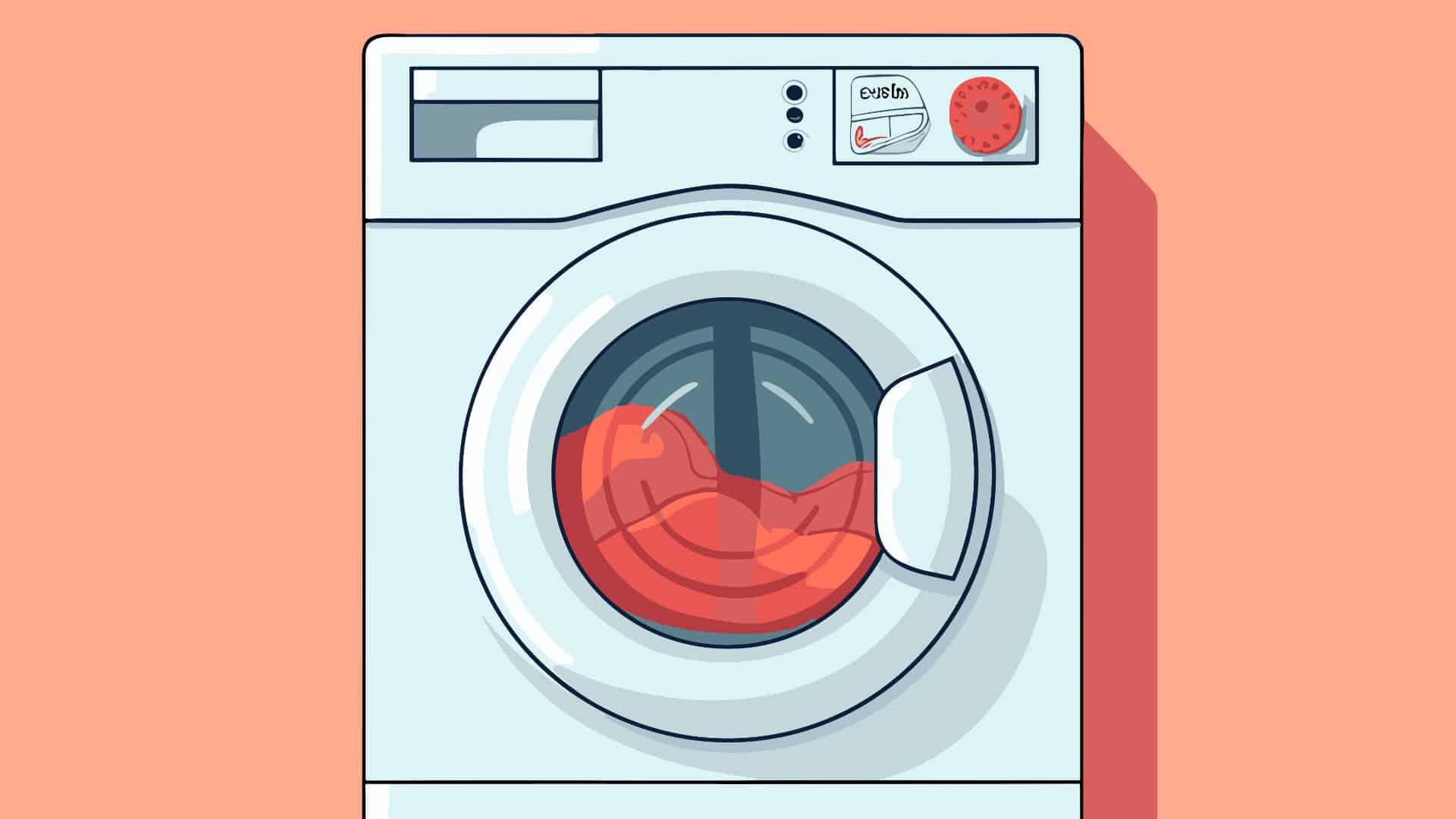
How to Resolve Whirlpool Washer E1/F9 Error Codes
